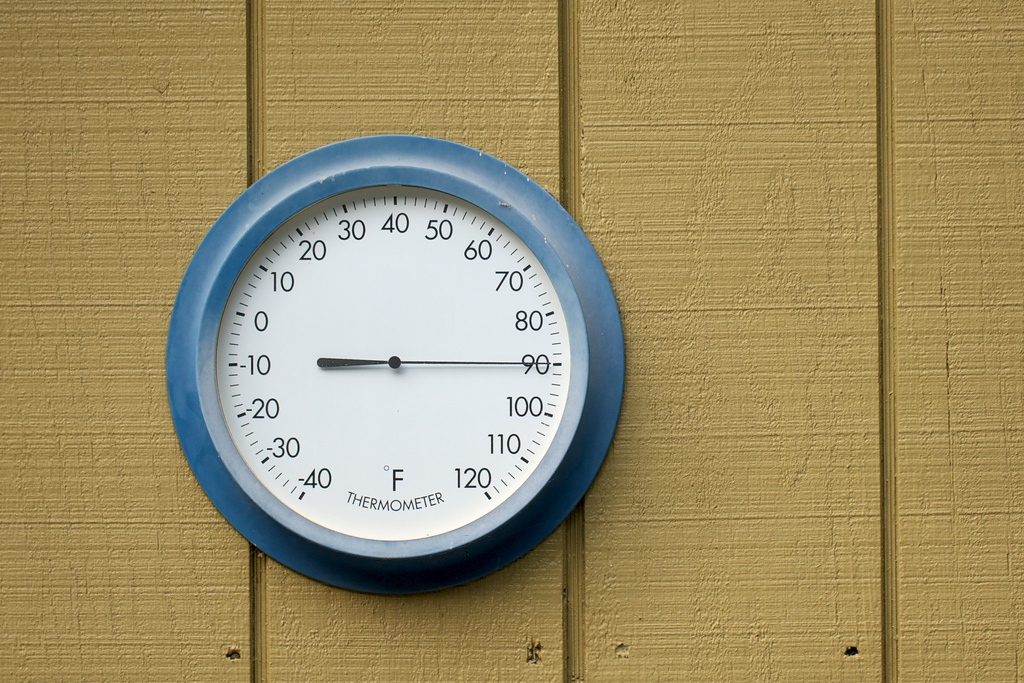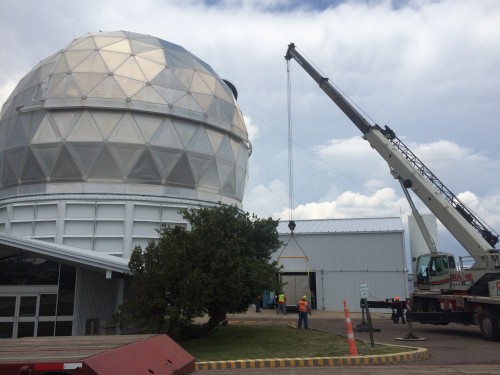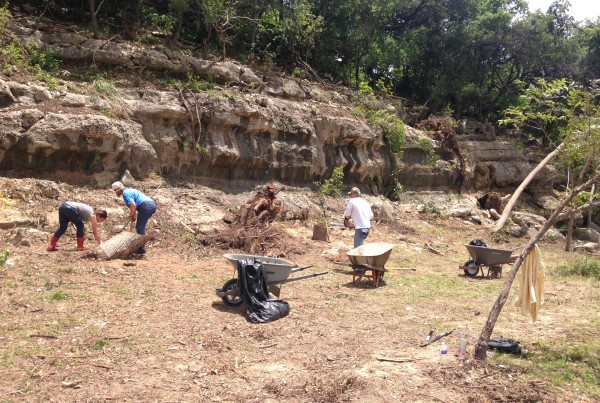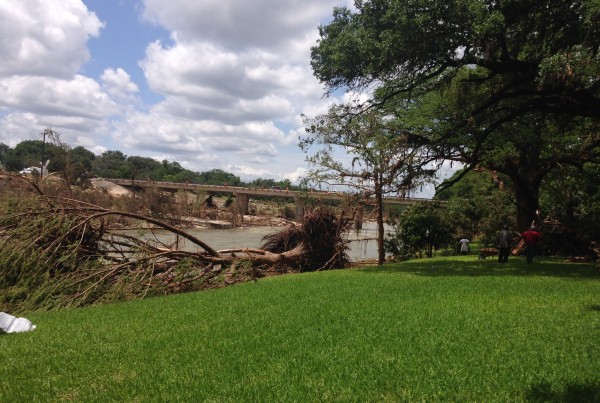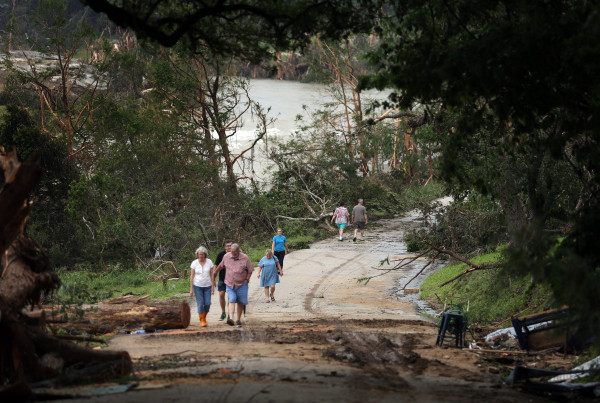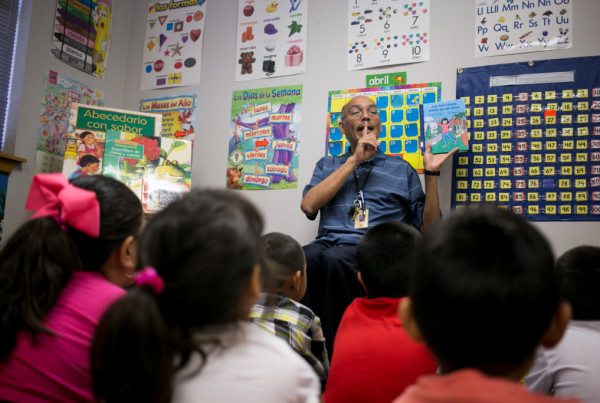It seems that every major weather event is followed by a conversation about climate change, and the Memorial Day floods in Texas are no different. These historic storms have left over 20 dead in Texas and Oklahoma, and Governor Abbott has declared around 70 counties as disaster zones.
Of course the climate change conversation is called out as insensitive by some, like Texas Senator Ted Cruz who thinks it’s wrong to “politicize a natural disaster.” For others, it’s a tragic necessity.
According to Katharine Hayhoe, the director of the Climate Science Center at Texas Tech University and also an evangelical christian, a “thermometer is not democrat or republican.”
Every season in Texas has been warming since the 1950s, and we can deduce that a warmer atmosphere means more water will evaporate out of water sources, like oceans, lakes, and streams. So, when a storm hits, “there’s more water vapor for those storms to pick up today, than there would’ve been 50 or 100 years ago.”
“Those facts are not political. That’s just science. What is political, though, are the solutions to climate change.”
To Hayhoe, the solutions are clear: preparedness and sticking a price on carbon. It’s easy to back preparedness, “because we know flood risk is higher today than it was 50 years ago” and affects us more strongly “because we’ve built so many more structures and so much more impervious surfaces.” But, the only way to combat the atmospheric water vapor that is continuously supercharging storms is to tackle carbon emissions.
“This stuff is building up in the atmosphere, essentially wrapping an extra blanket around our planet. A blanket that we didn’t need trapping more of the Earth’s heat inside the climate system that should otherwise escape to space,” Hayhoe explains. “We can put as much as we want into the atmosphere, but that’s what’s causing our climate to change, and it has very real economic implications for us. So, make no mistake, we are paying the price for that carbon, we’re just not paying it in a way that you or I as individuals can connect to our own decisions.”
As the state and nation see changes in weather patterns and more severe weather events, the reluctance to climate change is fading. According to Hayhoe, “more than 50 percent of people are making the connection between heat waves and climate change and droughts and climate change.” As weather extremes surge, many are welcoming the idea of preparedness against future severe events, such as floods, droughts, and hurricanes.
“Texas is a land of extremes. We know that Texas is prone to floods and droughts to hail storms and dust storms to tornadoes and hurricanes,” Hayhoe says. “That’s just part of life in Texas. So, we can guarantee that just as we’ve seen that over the past 100, 200, 500 years, we’re going to continue seeing that in the future.”
So, what exactly can we expect to see in the next few decades?
“On average, a trend towards stronger and more frequent heavy downpours, stronger, but not more frequent, hurricanes, and stronger and more frequent heat waves,” she says.
Though it may be tough to reconcile, it’s not always good that everything is bigger in Texas.


